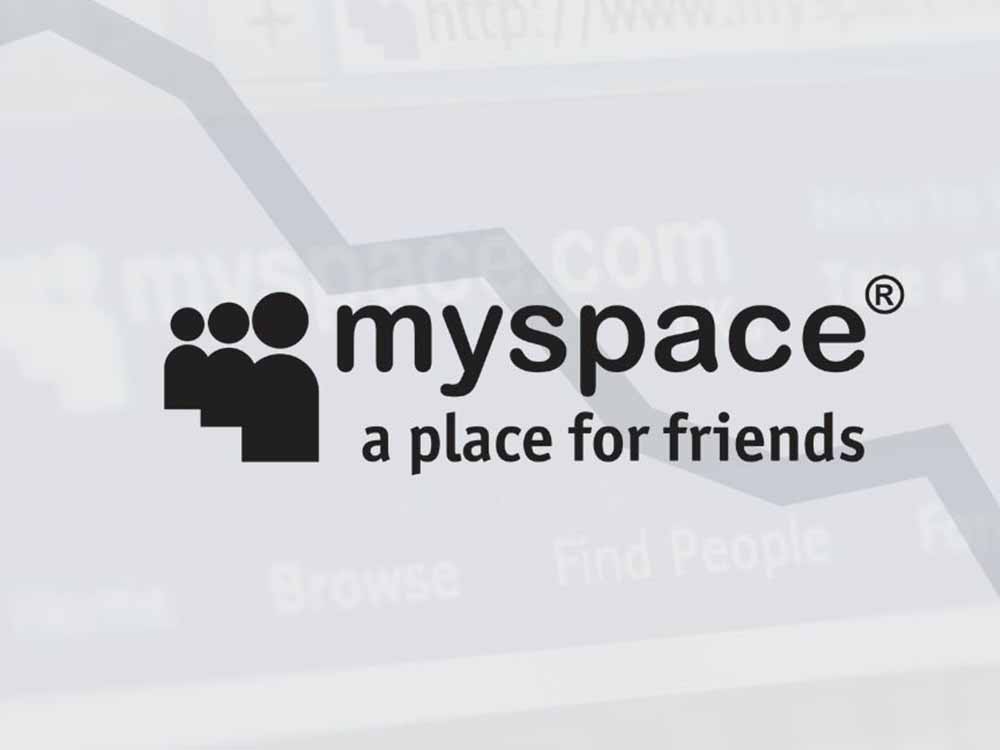Myspace Overview
Myspace, founded in 2003, was one of the earliest and most influential social networking platforms. By 2011, however, it had lost significant ground to competitors like Facebook and Twitter. The site was undergoing a major transformation, shifting its focus from being a general social network to becoming a hub for music and entertainment.
Redesign and Features
In an effort to revitalize its brand, Myspace underwent a complete redesign in 2010. The platform aimed to provide a more visually appealing and user-friendly experience, especially for artists and musicians. The new Myspace featured a sleeker interface, enhanced multimedia capabilities, and a stronger emphasis on music discovery.
Music-Centric Approach
By 2011, Myspace had refocused its identity, positioning itself as a premier platform for musicians, bands, and music enthusiasts. Artists were given the tools to create dedicated pages to showcase their music, connect with fans, and promote their work. The platform sought to leverage its roots in music to differentiate itself in the crowded social media landscape.
Integration with Entertainment Industry
Myspace established partnerships with record labels, music producers, and other players in the entertainment industry. This integration allowed for the seamless sharing of music and content between the platform and the broader entertainment ecosystem. The goal was to create a symbiotic relationship that benefited both artists and Myspace.
Challenges and Decline
Despite its efforts to reinvent itself, Myspace faced numerous challenges in 2011. The decline in user engagement and the exodus of users to other platforms had already taken a toll. The shift in focus to music, while innovative, did not fully reverse the platform’s fortunes. The rise of newer social media platforms and changing user preferences contributed to Myspace’s continued decline.











